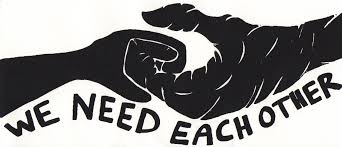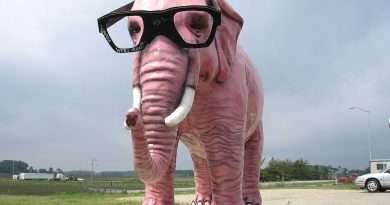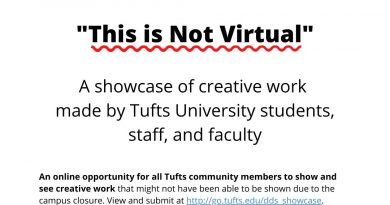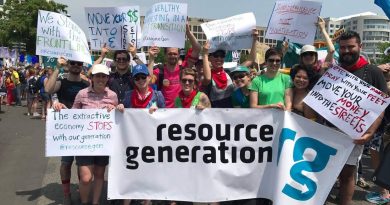The Work of Public and Community Health
By Shalini Tendulkar, Lecturer in Community Health

In 2008 I walked across a graduation stage to receive my doctorate in public health. I remember feeling proud to be among a sea of graduates in crimson gowns now equipped with academic degrees. If you had asked me on that day what it meant to do the “work” of public health I would have likely described some of the essential services of public health, including monitoring health and disease status, investigating health risks and hazards and developing policies and programs to support the health of individuals and communities. Twelve years later, in early March, when it looked like COVID-19 was not going away, I launched a mutual aid network, hoping to use my degree in a meaningful way. Six weeks later this group has grown to almost 3000 members. Much is being written about how this pandemic has revealed and amplified the inequities facing the most marginalized members of our communities where they live, work, pray, play and learn. Working through this network I am learning how we can mobilize within and across communities to support those who are marginalized. I am also learning that you do not need a public health degree to do the work of public and community health.
Over the past six weeks I have watched in admiration as people have stepped up in small and big ways, neighbor to neighbor, doing the work of public health. People have worked tirelessly to collect and deliver bags of groceries to homebound seniors and sick members of our community. Car trunks have been filled with cardboard boxes to drop off on college campuses for students leaving campus homes. People have helped neighbors fill out unemployment and COVID-19 grant applications. Restaurants, struggling themselves, have generously opened their kitchens to cook food for others. Families with means have shared their paychecks with those they have never met. Sewing groups have worked late into the night to produce masks for essential workers. Neighbors have come together to deliver hundreds of meals to exhausted healthcare workers. College students sitting in their childhood bedrooms have signed up to volunteer for senior phone banks. And people across communities are reaching out to each other to share knowledge, resources and support. I am struck by how a crisis that seemed destined to keep us apart has brought us together. As I’ve watched my community’s mutual aid network grow, I am optimistic that perhaps in the aftermath of this pandemic when everyone is discussing the value of investing in essential medical infrastructure, we will also remember the value of investing in each other.


